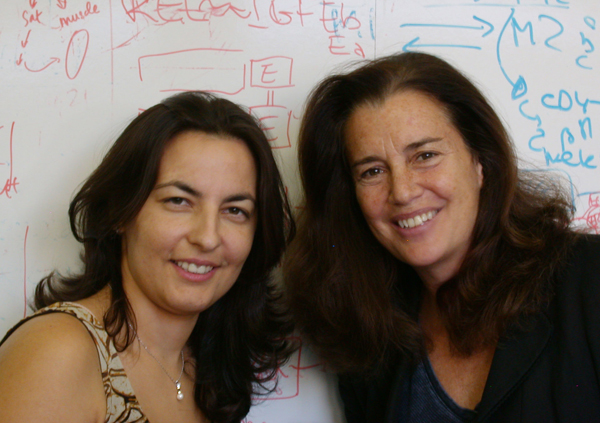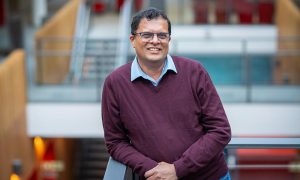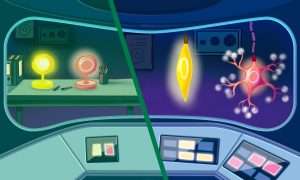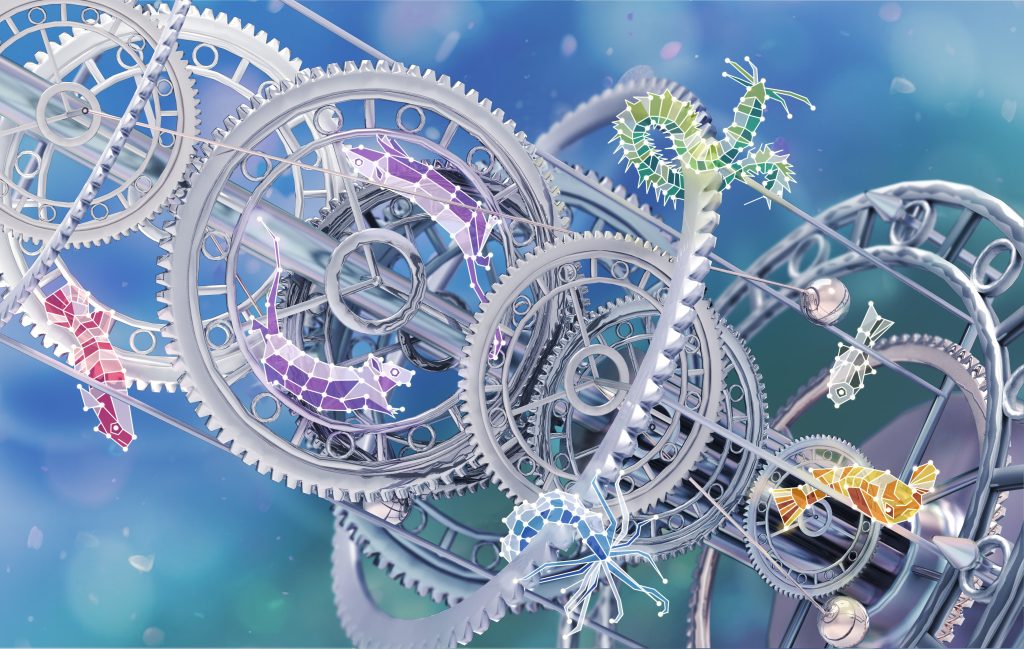Read the latest Issue
Helping muscle regenerate
Blocking a cellular signal protects muscle from wasting after injury and improves muscle regeneration

Muscle wasting can occur at all ages as the result of genetic defects, heart failure, spinal injury or cancer. A therapy to cure the loss of muscle mass and strength, which has a severe impact on patients’ lives, is desperately sought. Blocking a central signal molecule, researchers from the Mouse Biology Unit of the European Molecular Biology Laboratory (EMBL) in Monterotondo, Italy, have now found a way to protect muscle from degenerating after injury and to improve muscle healing in mice. The study appears in the current issue of the Journal of Clinical Investigation and suggests two molecules with the potential to speed up the regeneration of damaged muscle as promising drug targets for new therapies against muscle wasting.
We don’t realise it when it is working fine, but our muscle is an intricate system that depends on a well regulated balance of protein production and breakdown. When this balance gets disturbed by disease or injury our muscles fade away, and with them our strength. A crucial player in this process is the signalling molecule NF-kB. It is well known as a messenger of inflammation and has recently been implicated in other degenerative conditions such as multiple sclerosis. The groups of Nadia Rosenthal and Manolis Pasparakis at the EMBL Mouse Biology Unit have now investigated the role NF-kB plays in muscle wasting.
First, they genetically removed NF-kB from the leg muscles of mice by blocking IKK2, a protein needed to activate the signal. Then, to mimic spinal injury, they blocked the communication between the spinal cord and the lower leg muscle – an intervention that under normal circumstances inevitably leads to muscle wasting.
“What we observed was truly amazing”, says Rosenthal, Head of EMBL’s Mouse Biology Unit. “The mice showed hardly any muscle wasting after the injury; their muscle fibres maintained almost the same size, strength and distribution as in a healthy muscle. But that’s not all; blocking IKK2 also helped muscle healing. Without the NF-kB signal the muscle regenerated much better and faster.”
In response to injury or inflammation, NF-kB shuts down the production of proteins and stimulates their breakdown, which leads to the loss of muscle substance. Blocking NF-kB has the reverse effect, protects muscle from wasting and improves healing of already degenerated muscle.
Protection against muscle atrophy was even stronger when a gene encoding growth factor IGF-1 was added to muscle tissue lacking NF-kB. Rosenthal and her lab have been studying IGF-1 for a long time and have shown in previous studies that the molecule is very good at promoting repair of skeletal and cardiac muscles.
“The fact that NF-kB reduction helps maintain our muscle mass is a useful starting point to develop new therapies against muscle diseases,” says Foteini Mourkioti, who carried out the research in Rosenthal’s lab. “Adding IGF-1 has a similar effect as blocking NF-kB, but it must act, at least in parts, independently of NF-kB, because we observed a clear improvement when using the two treatments together,” she explains.
A combination of IKK2 inhibitors with growth factors like IGF-1, then seems to be the most promising basis for new therapies against muscle diseases. The human NF-kB and growth factor signaling networks are very similar to those of mice, so compounds interfering with them are likely to show the same positive effects in humans.







